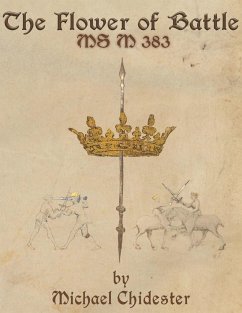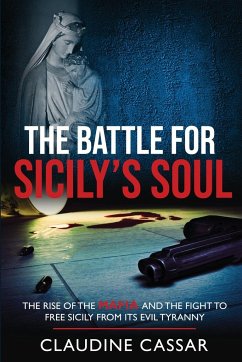
The Flower of Battle
MS M 383

PAYBACK Punkte
26 °P sammeln!
Fiore dei Liberi was a weapons-master from Italy who was active in the 14th and early 15th century. After fifty years of training Italy's elite, he put his art to paper and created the Flower of Battle. The Flower of Battle covers the use of the dagger, sword, spear, axe as well as fighting in armor, on horseback, and other odds and ends. MS M 383, owned by the Morgan Library and Museum, differs from the other Italian versions by beginning with fighting on horseback and moving to foot combat with progressively smaller weapons. It has been transcribed and translated by Michael Chidester, who al...
Fiore dei Liberi was a weapons-master from Italy who was active in the 14th and early 15th century. After fifty years of training Italy's elite, he put his art to paper and created the Flower of Battle. The Flower of Battle covers the use of the dagger, sword, spear, axe as well as fighting in armor, on horseback, and other odds and ends. MS M 383, owned by the Morgan Library and Museum, differs from the other Italian versions by beginning with fighting on horseback and moving to foot combat with progressively smaller weapons. It has been transcribed and translated by Michael Chidester, who also wrote a codicological analysis and an overview of dueling at the turn of the 15th century to help contextualize the treatise. An appendix includes a paper by Jay Leccese that analyzes the artwork and explores connections to others of Fiore's manuscripts.












